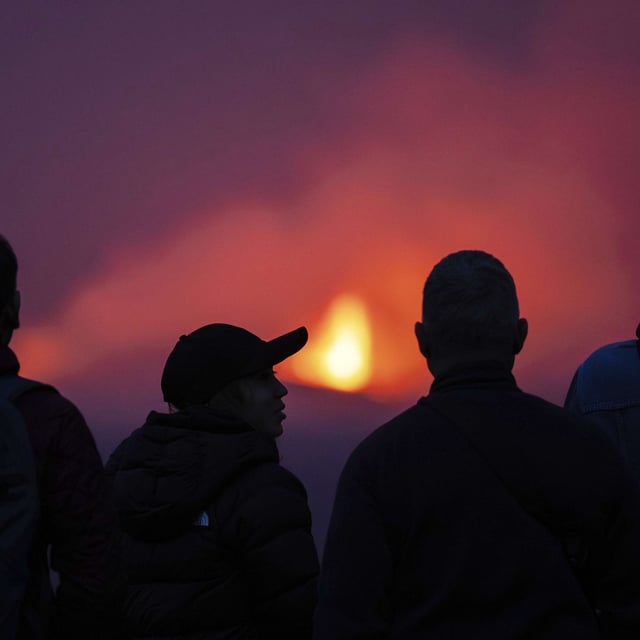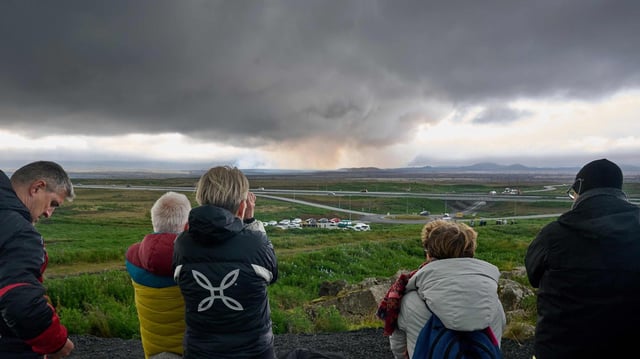Overview
- The eruption on July 16 opened a one-kilometer fissure in two craters on the Reykjanes Peninsula, sending sulfur-rich ash into the atmosphere.
- Air quality in Reykjavik and Southwest Iceland reached the highest warning level as volcanic smog lingered under calm conditions.
- Icelandic Energy and Environmental Authority reported that sulfur dioxide transforms into volcanic haze that can irritate eyes and airways without being toxic.
- Residents with respiratory issues and other vulnerabilities have been urged to remain indoors and limit outdoor activities.
- Meteorologists expect winds to increase Monday evening, which could disperse the haze and improve air quality over the coming days.


